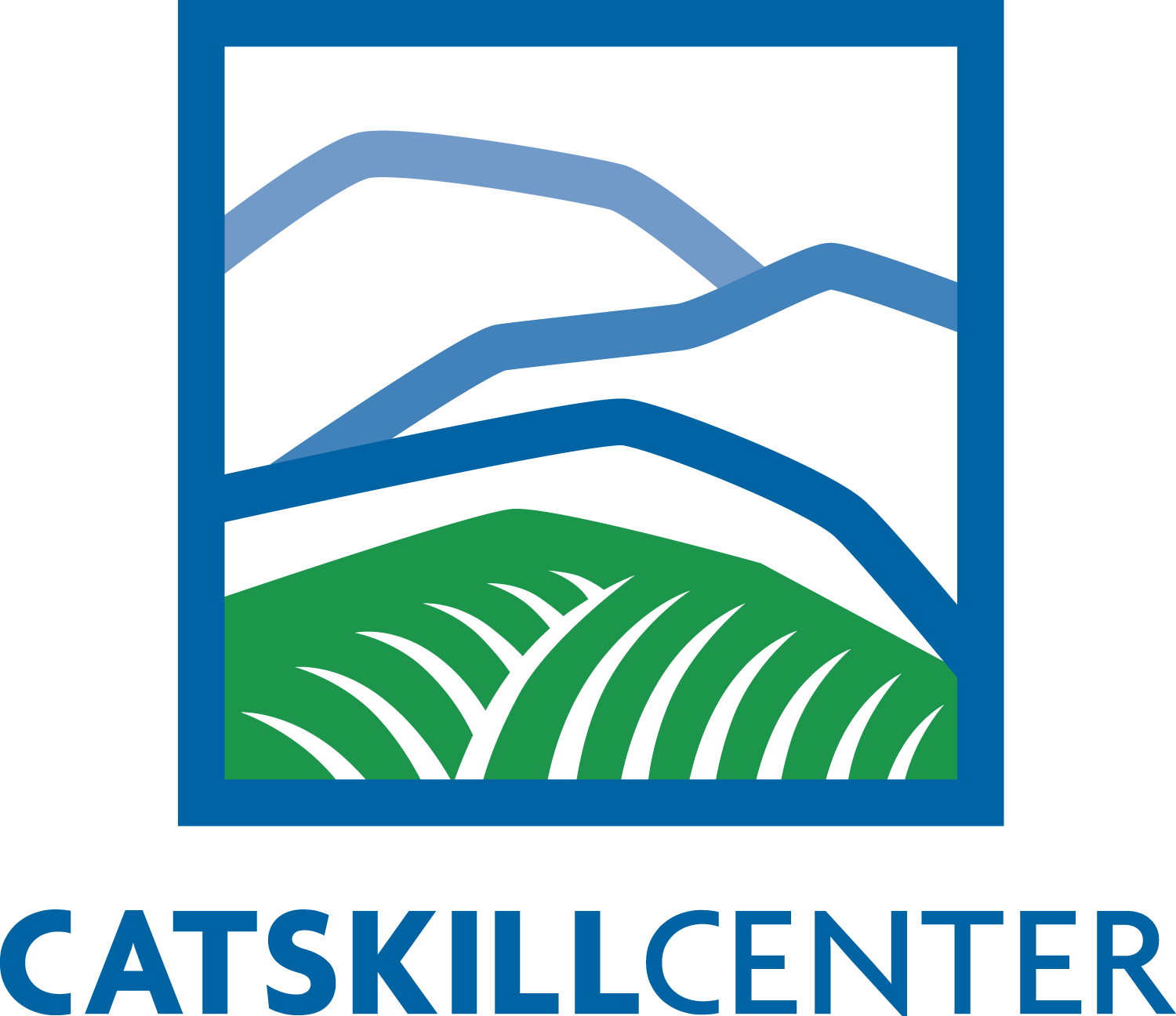Conservation collaboration in the Catskills
A region as large and diverse as the Catskills can only thrive when organizations collaborate toward common goals. Since 1969, the Catskill Center for Conservation and Development has worked with many partners to preserve scenic lands that sustain our vibrant communities. We understand that people in the Catskills prosper within natural environments that attract visitors and outdoor enthusiasts to drive the economy.
I have been lucky enough to spend the last several years working in the Catskills, first at the New York-New Jersey Trail Conference (NYNJTC) and now at the Catskill Center. The importance of dialogue among stakeholders in the Catskills has been underscored at every turn. By listening and understanding each other, those who love the Catskills have found new opportunities to engage, new projects to pursue, and new ways to support the region we love.
Looking back, the 1997 Watershed Memorandum of Agreement between the City, New York State, watershed communities and environmental groups was a landmark moment that enshrined a shared sense of collaborative work across the watershed.
As then-Gov. George Pataki said, “This historic agreement is the product of hard work, determination and a deep commitment by all sides to protect the drinking water for millions of New Yorkers and the economic vitality of the watershed communities.”
The programs to protect drinking water and support communities have evolved over the past 20 years. While not perfect, this system has allowed stakeholders with different interests, backgrounds and goals to collaborate and make progress.
Recreation within the watershed and the Catskill Park has certainly benefitted. Opportunities on watershed and state lands have expanded and access to existing recreational assets has improved because of cooperation between the City and state. New hiking trails were built on City-owned lands through partnerships between DEP and nonprofit groups like the Catskill Mountain Club and the NYNJTC. Canoers and kayakers can now enjoy paddling on four of the region’s reservoirs thanks to a DEP program that has been collaborative from the start.
Another product of the cooperation among the region’s stakeholders was the 2016 opening of the Maurice D. Hinchey Catskill Interpretive Center in Mount Tremper. New partnerships pushed the project ahead and today the center is a great example of working together to ensure the Catskill Park and region has the visitor center it deserves.
The state built the interpretive center, which is managed by the Catskills Center. It’s financially supported by DEP, the Catskill Watershed Corporation and many invaluable donors and organizations. We have coordinated with local nonprofits who donate their staff and volunteers to ensure the Interpretive Center remains open seven days a week. Those partners include the Catskill 3500 Club, Catskill Mountainkeeper, Catskill Mountain Club and the NYNJTC.
Plus, a dedicated group of more than 30 volunteers makes sure there’s always a friendly, helpful face welcoming visitors to our region. Volunteers at the center educate visitors and residents about our unique natural areas, the work to protect them and our diverse communities. It has become a shining example of what partnerships can do for our region.
The fruitful partnerships don’t end there. The Catskill Park Advisory Committee has brought together many government and nonprofit agencies to pursue projects and funding that support the unique opportunities within the Catskill Park. Many have joined hands on the Catskill Center’s new Streamside Acquisition Program, which aims to preserve vegetated stream buffers that are critical for water quality, wildlife habitat and recreation.
I am excited for the future of the Catskills. We know that challenges abound, but so do the partnerships to tackle them with a smart, respectful and united approach. We are truly stronger together.
Guest column by Jeff Senterman, Executive Director of the Catskill Center for Conservation and Development in the NYC Watershed Recreation Spring 2017 newsletter
